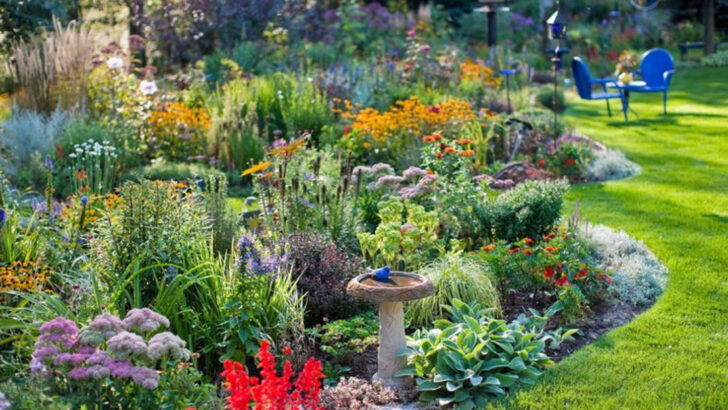My yard was boring. Beige. Silent. Then I gave it to the birds—literally. Within weeks, my mornings exploded with song. Hummingbirds hovered like tiny helicopters. Blue jays bickered like dramatic siblings. A cardinal claimed the fence as his personal stage. All I did was offer a little water, some seeds, and a splash of shelter. The transformation? Instant magic. What started as curiosity turned into obsession. I learned their personalities, their rhythms, their favorite snacks. My yard became a birdy hangout… and honestly, a tiny wild kingdom. The best part? You don’t need acres of forest or fancy gear. You just need the right touches—and the heart to welcome your feathered neighbors. Here’s exactly how I did it, and how your plain patch of lawn can become a sky-high sanctuary too. Warning: you might never want to go back inside.
Native Plants Galore

Did you know that native plants are the holy grail of bird-friendly yards? By planting species indigenous to your area, you provide natural food sources and shelter. When I planted coneflowers and bee balm, birds flocked to my yard, feasting on seeds and insects. With multiple layers of vegetation, from ground cover to canopy, the diversity of plants also supports a wide variety of bird species. Each plant contributes to a balanced ecosystem, creating a thriving habitat for your feathered visitors.
The Magic of Bird Baths
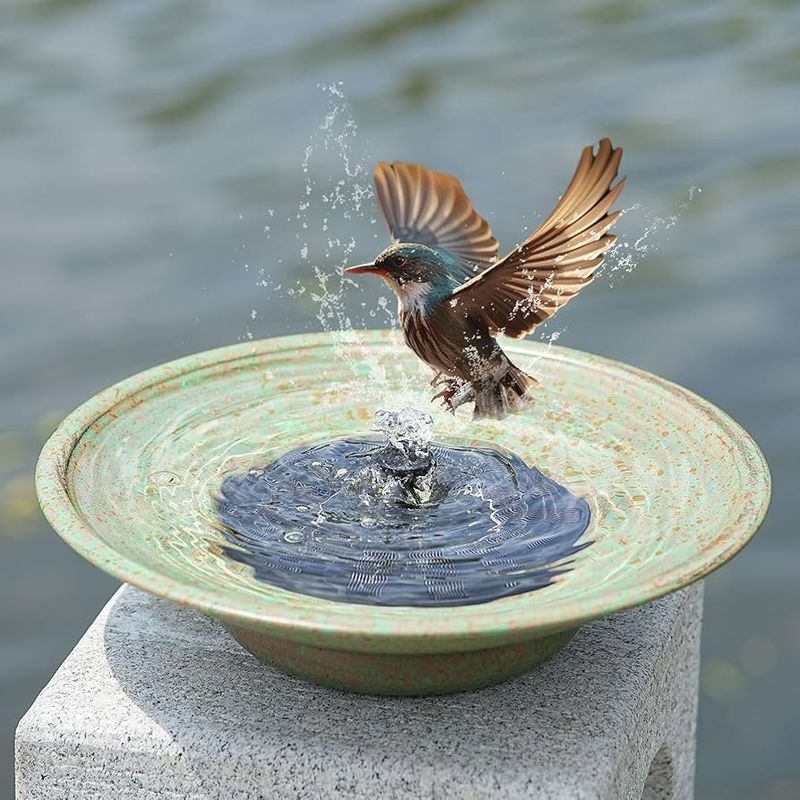
Imagine the delight of seeing birds splashing and preening in a well-placed bird bath. Water is a crucial element for birds, not just for drinking, but for bathing, which helps in feather maintenance. I installed a solar-powered fountain to keep the water moving and fresh, and it quickly became a hotspot for avian activity. Regular cleaning and refilling ensure it remains inviting and safe. The gentle sound of trickling water adds a soothing ambiance to your garden, making it all the more enchanting.
Feeder Variety

Bird feeders are like the open invitation to a party. By offering various feeders and seeds, you cater to a diverse crowd of avian guests. My yard is a testament to this; I have feeders for sunflower seeds, nyjer, and suet, attracting everything from finches to woodpeckers. Each type of feeder is strategically placed to avoid overcrowding and ensure safety from predators. Watching the different birds interact and feed provides endless entertainment and a sense of connection to nature.
Shelter and Nesting Areas
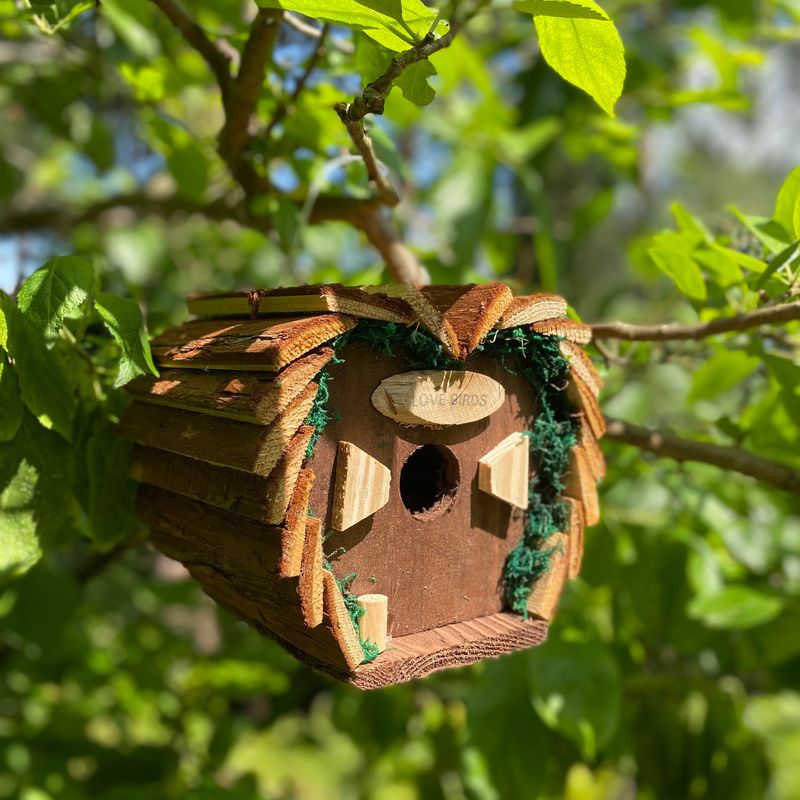
Shelter is as important as food for birds. Nesting boxes and birdhouses provide safe places for raising young. I installed several nesting boxes, and over time, they became homes to bluebirds and chickadees. By placing them at varying heights and locations, I ensured each bird species could find a suitable home. The joy of witnessing baby birds take their first flight is unparalleled, and providing these safe havens adds to the sustainability of your bird oasis.
Pesticide-Free Zone
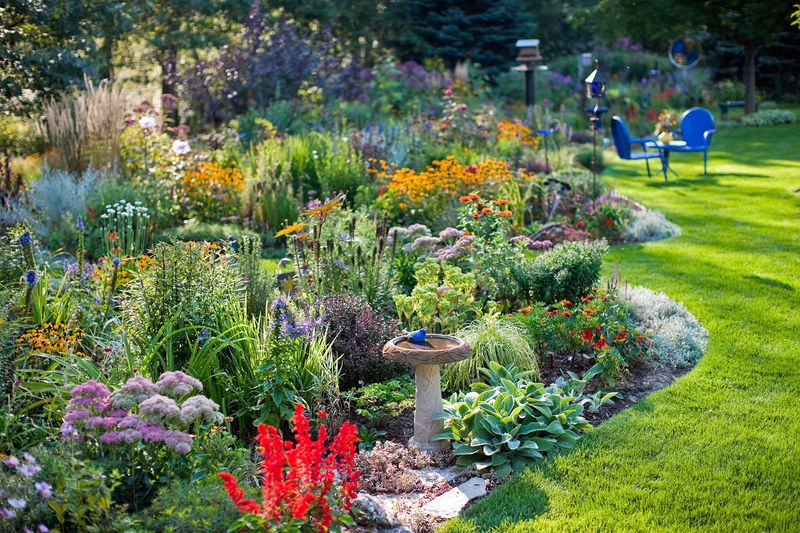
Embracing natural pest control is key to maintaining a healthy bird habitat. Pesticides can harm the insects birds rely on for food. I turned to organic gardening methods, using companion planting and attracting beneficial insects to keep the ecosystem balanced. This approach not only protected the health of visiting birds but also enhanced the biodiversity of my garden. The sight of ladybugs and butterflies flitting among the blooms is proof of a thriving, chemical-free environment.
Seasonal Adjustments

Your bird oasis should adapt to the seasons to support birds year-round. In winter, I added heated bird baths and switched to high-fat seeds to help birds survive the cold. Spring brought migratory species, drawn by fresh blooms and insects. Each season offered new challenges and rewards, keeping my garden dynamic and alive. By adjusting food and water sources, I ensured my yard remained a welcoming refuge for birds, regardless of the time of year.
Community Involvement
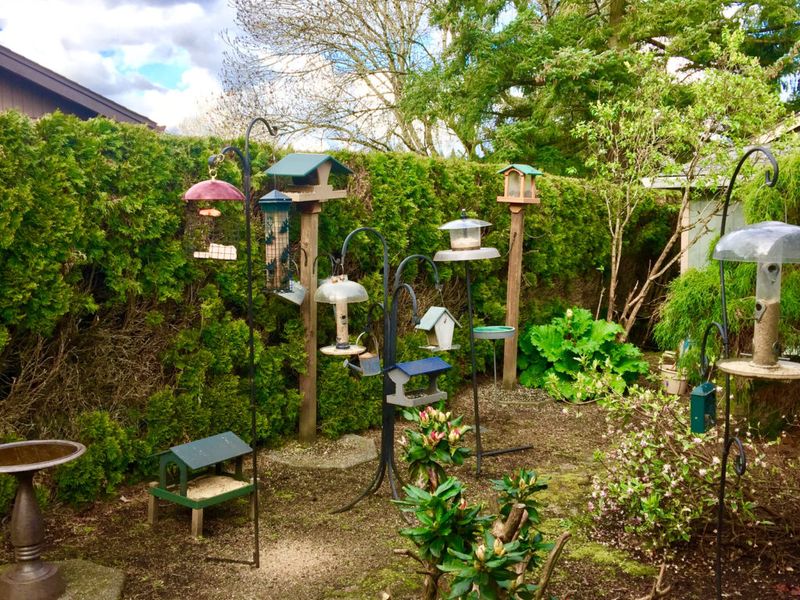
Creating a bird-friendly yard can also foster community spirit. I invited neighbors to join birdwatching sessions, sharing insights and tips on attracting birds. These gatherings not only educated others about wildlife conservation but also built connections among neighbors. Together, we expanded our efforts, creating a larger, interconnected habitat for local birds. The collaboration turned a solitary hobby into a shared mission, enhancing both our gardens and community bonds.

